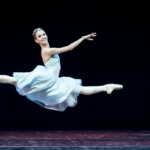A pirouette in ballet is much more than a mere spin; it represents the zenith of rigorous training, artistic expression, and extraordinary physical prowess. This elegant movement has captured the fascination of audiences for centuries and stands as a hallmark of classical ballet performances. To truly understand the intricacies of a pirouette is to appreciate not only its technical aspects but also the deep emotional connection that dancers form with this art form. In this article, we will delve into various facets of pirouettes, exploring their definition, technical execution, artistic expression, cultural significance, and implications for dance training.
The Definition and Essence of Pirouette
At its core, a pirouette is a classical ballet term that denotes a spin or whirl performed on one leg while the other leg is raised off the ground. The pirouette embodies balance, precision, and control, making it an essential skill for any ballet dancer.
Understanding the Movement
To grasp the essence of a pirouette, one must consider its foundational elements. The word itself originates from the French verb “pirouetter,” which means to spin. In ballet, a pirouette is often executed en pointe, where the dancer balances delicately on the tips of their toes, showcasing both the challenge and beauty inherent in the move.
Executing a clean pirouette involves multiple components, from preparation to landing. The technical precision required in ballet extends beyond the physical; it demands a comprehensive understanding of alignment, balance, and spatial awareness.
Preparation and Positioning
The first step toward a successful pirouette lies in the dancer’s preparation. Proper positioning is essential; the supporting leg should be firmly grounded while the body remains aligned and centered. This stability forms the foundation upon which the pirouette is built.
Dancers often begin by engaging their core muscles to create a solid base, which aids in maintaining balance throughout the spin. The arms play a crucial role in generating momentum; they work in harmony with the legs to facilitate the rotation. By focusing on these components, dancers set themselves up for success as they transition into the actual turn.
The Mechanics of Turning
Once prepared, the dancer takes a leap of faith, pushing off the ground to initiate the spin. This moment is exhilarating, as the dancer engages their core and utilizes their arms for added propulsion. However, the true challenge emerges as the turn commences—maintaining balance while spinning requires immense concentration and skill.
An essential technique employed by dancers during a pirouette is known as the “spot.” This technique allows dancers to maintain their equilibrium and prevent dizziness by focusing their gaze on a fixed point in the environment. As they turn, they quickly whip their heads around to re-establish focus on that point, creating a seamless visual continuity during the motion. The combination of physical strength, spatial awareness, and mental acuity culminates in a breathtaking performance.
Landing with Grace and Control
As the pirouette concludes, the dancer prepares for landing, which must be executed with the same level of precision and poise as the spin itself. A clean landing requires careful coordination of the limbs and core to ensure stability and balance.
The ability to return to a steady position after a spin speaks volumes about a dancer’s technical mastery. A successful landing not only showcases their skill but also enhances the overall aesthetic of the performance. The graceful conclusion of a pirouette can evoke a sense of closure and completeness, leaving the audience enchanted and applauding.
The Cultural Significance of Pirouettes in Ballet
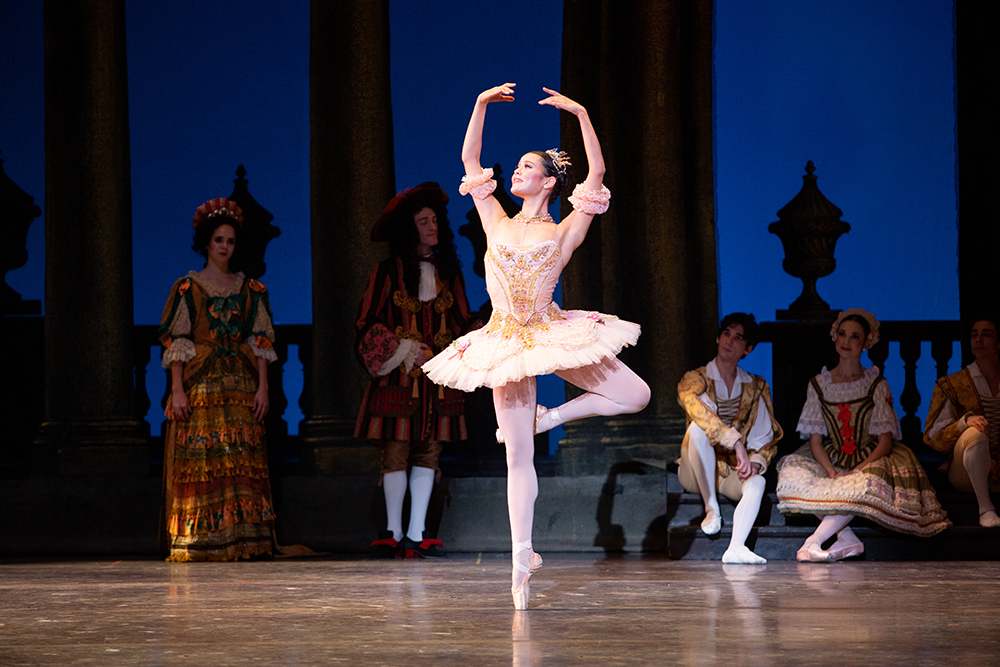
Historically, pirouettes have held a prominent place in the evolution of ballet, symbolizing not only the technical mastery of the dancer but also the cultural ideals of grace and femininity.
Evolution of the Pirouette
Over the centuries, the pirouette has undergone various transformations, reflecting the changing aesthetics and values of different eras. In earlier forms of ballet, pirouettes were often simpler, serving as a foundation for developing technical skills.
As ballet evolved, so too did the complexity and artistry of pirouettes. During the Romantic era, the pirouette became a hallmark of female ballet dancers, embodying the ideals of grace and fluidity. Dancers such as Marie Taglioni and Fanny Elssler pioneered techniques that showcased the pirouette as a dynamic expression of both strength and femininity, captivating audiences worldwide.
Societal Themes of Balance and Poise
The emphasis on spin and turn in ballet reflects broader societal themes of balance and poise celebrated across various cultures. Particularly in Western societies, the pirouette symbolizes the delicate balance between strength and vulnerability, an ideal that resonates within the context of femininity.
Through the lens of cultural history, the pirouette acts as a mirror, illustrating how societal norms shape perceptions of beauty and grace. The reverence for the pirouette in ballet captures the enduring desire for elegance and refinement, echoing across generations.
The Admiration and Awe Evoked by Pirouettes
The allure of a beautifully executed pirouette extends beyond technical proficiency; it evokes admiration and inspires awe among audiences. The sheer elegance of a pirouette, combined with the effortless fluidity exhibited by skilled dancers, creates an enchanting spectacle that captivates viewers.
This collective experience fosters a sense of connection between performers and their audience, bridging the gap between the stage and the spectator. When a dancer successfully executes a pirouette, it becomes more than just a display of skill—it transforms into a shared moment of beauty, resonating deeply within the hearts of those fortunate enough to witness it.
The Artistic Expression Behind the Spin
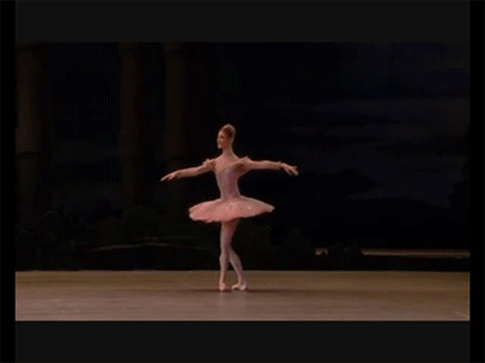
While the technical execution of a pirouette is vital, the emotional and artistic dimensions of this movement cannot be overlooked. Each pirouette transforms into a medium for expressing emotion and storytelling within a performance, allowing dancers to connect with audiences on a profound level.
Emotional Nuances in Dance
Every dancer carries their unique narrative into the pirouette, infusing the spin with emotion and intent. For instance, envision a dancer performing a series of pirouettes in a dramatic scene—each spin could symbolize a fleeting moment of desire, escape, or introspection. The importance of emotional authenticity cannot be overstated; it shapes how the audience perceives the performance and connects with the dancer’s expression.
Moreover, the way a dancer interprets a pirouette can range widely depending on the context of the piece. Whether it’s a joyful celebration or a somber reflection, the pirouette adapts to convey a spectrum of human experiences. This versatility highlights the artistry inherent in ballet, illustrating that each movement tells a story waiting to be unveiled.
Creating a Connection with the Audience
The pirouette serves as a bridge between the dancer and the audience, establishing a dialogue that transcends spoken language. Through the elegance of a spin, dancers invite spectators into their world, encouraging them to empathize with the emotions being expressed.
As the dancer executes the pirouette, the audience witnesses a moment of vulnerability that resonates on a deeper level. This connection is particularly powerful in live performances, where the energy of the room amplifies the emotional stakes. The ethereal quality of a pirouette, combined with the intensity of the dancer’s presence, creates an unforgettable experience that lingers long after the final bow.
Storytelling through Movement
In addition to individual emotional expression, pirouettes contribute to the overarching narrative of a performance. Choreographers often use these spins strategically to enhance storytelling, emphasizing key moments within the choreography.
For example, a sequence of pirouettes might signify a character’s internal struggle or represent their journey toward self-discovery. By weaving pirouettes into the fabric of the narrative, choreographers enrich the viewer’s experience, inviting them to engage with the story on multiple levels.
Ultimately, the interplay between technique and artistic expression elevates the pirouette from a simple movement to a powerful tool for storytelling. The nuances of emotion transform each spin into a unique encounter, solidifying the pirouette’s status as a captivating element of ballet.
Implications for Dance Training and Personal Growth
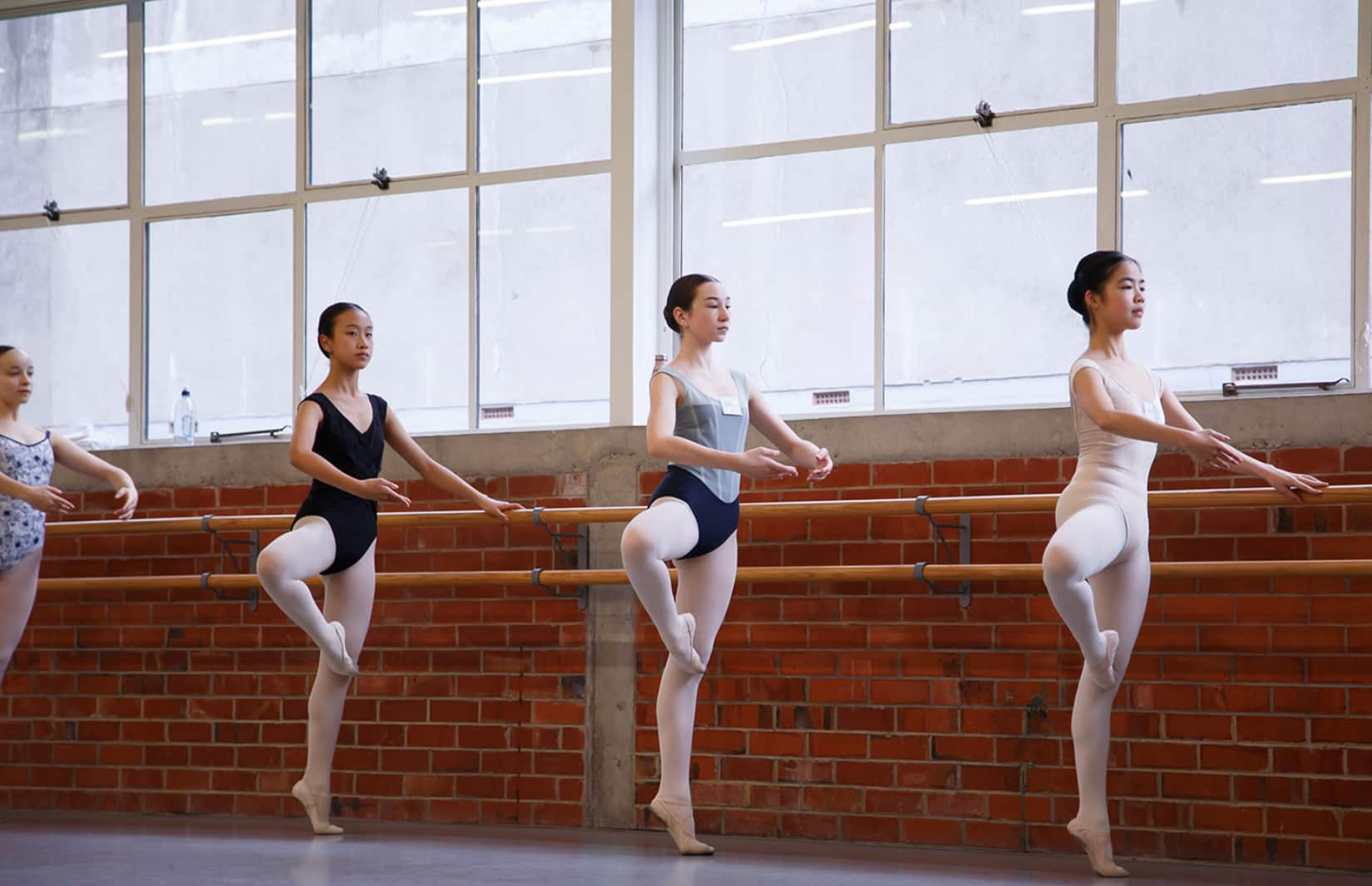
The nuances of mastering a pirouette extend far beyond the confines of the dance studio. The discipline required to perfect this skill parallels the determination needed to navigate personal and professional obstacles.
Lessons in Resilience and Discipline
The journey to mastering a pirouette teaches invaluable lessons in resilience and discipline. Dancers confront numerous challenges along the way—be it physical limitations, mental blocks, or external pressures. Each failure serves as a stepping stone, propelling them forward as they strive for growth.
This process mirrors the struggles faced in daily life, reinforcing the idea that setbacks are not failures but opportunities for learning. The commitment to perfecting a pirouette cultivates a mindset geared toward perseverance, ultimately shaping well-rounded individuals.
Embracing Imperfection and Individuality
Interestingly, the complexity of the pirouette encourages a reevaluation of traditional views on perfection in performance. Every dancer brings their interpretation and style to the move, suggesting that artistry does not always reside within flawless execution but rather in the ability to convey emotion and connect with an audience.
This notion liberates dancers from the constraints of perfectionism, allowing them to explore their unique interpretations. Embracing individuality enriches the art form, fostering creativity and innovation while celebrating the diverse expressions of ballet.
The Broader Impact of Dance Training
Engaging in the art of ballet, especially through mastering moves like the pirouette, has far-reaching effects on a dancer’s life. The discipline learned in dance training extends into everyday life, influencing personal relationships, academic pursuits, and career endeavors.
Dancers learn to approach life with grace and poise, navigating challenges with the same determination they exhibit in the studio. The lessons gained from perfecting pirouettes empower individuals to tackle adversity head-on, enriching their lives with newfound confidence and resilience.
Conclusion
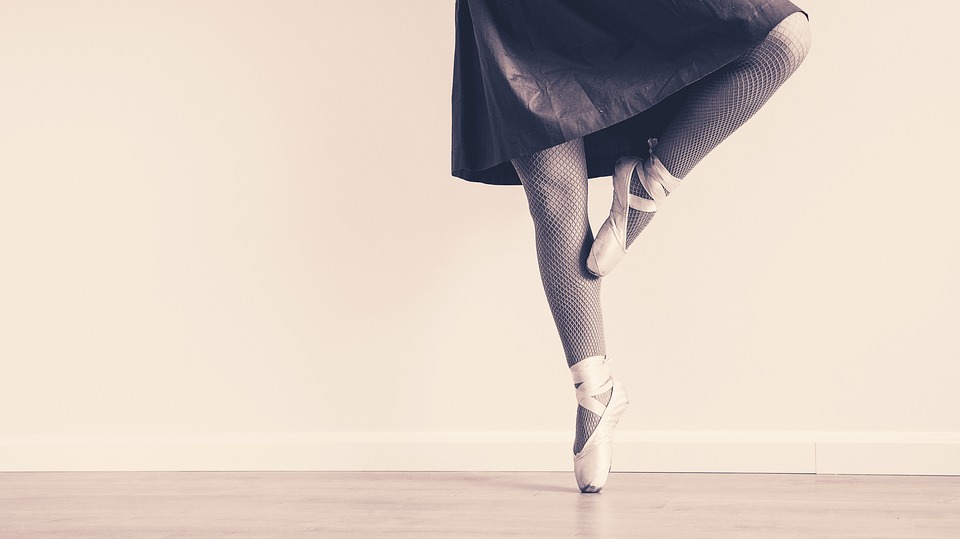
In exploring the world of pirouettes, we discover an intricate tapestry woven from technical skill, emotional depth, and cultural significance. More than just a series of movements, ballet, particularly through the lens of the pirouette, embodies a vibrant expression of life itself. Each spin invites us to reflect on our journeys, the narratives we weave, and the connections we forge with others.
The art of spinning gracefully transcends mere technique; it represents the culmination of years of dedication, the intimacy of artistic expression, and the cultural ideals that define our perceptions of beauty. As dancers continue to push the boundaries of what is possible, the pirouette will remain a testament to the enduring power of ballet—a dance that echoes the very essence of the human experience.
✉️ Stay Connected — Subscribe for Weekly Updates
Discover timeless stories, practical wisdom, and beautiful culture — delivered straight to your inbox.
*We only share valuable insights — no spam, ever.






